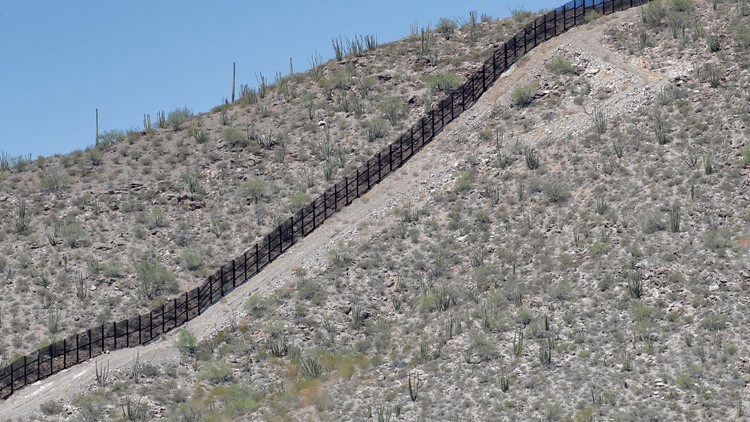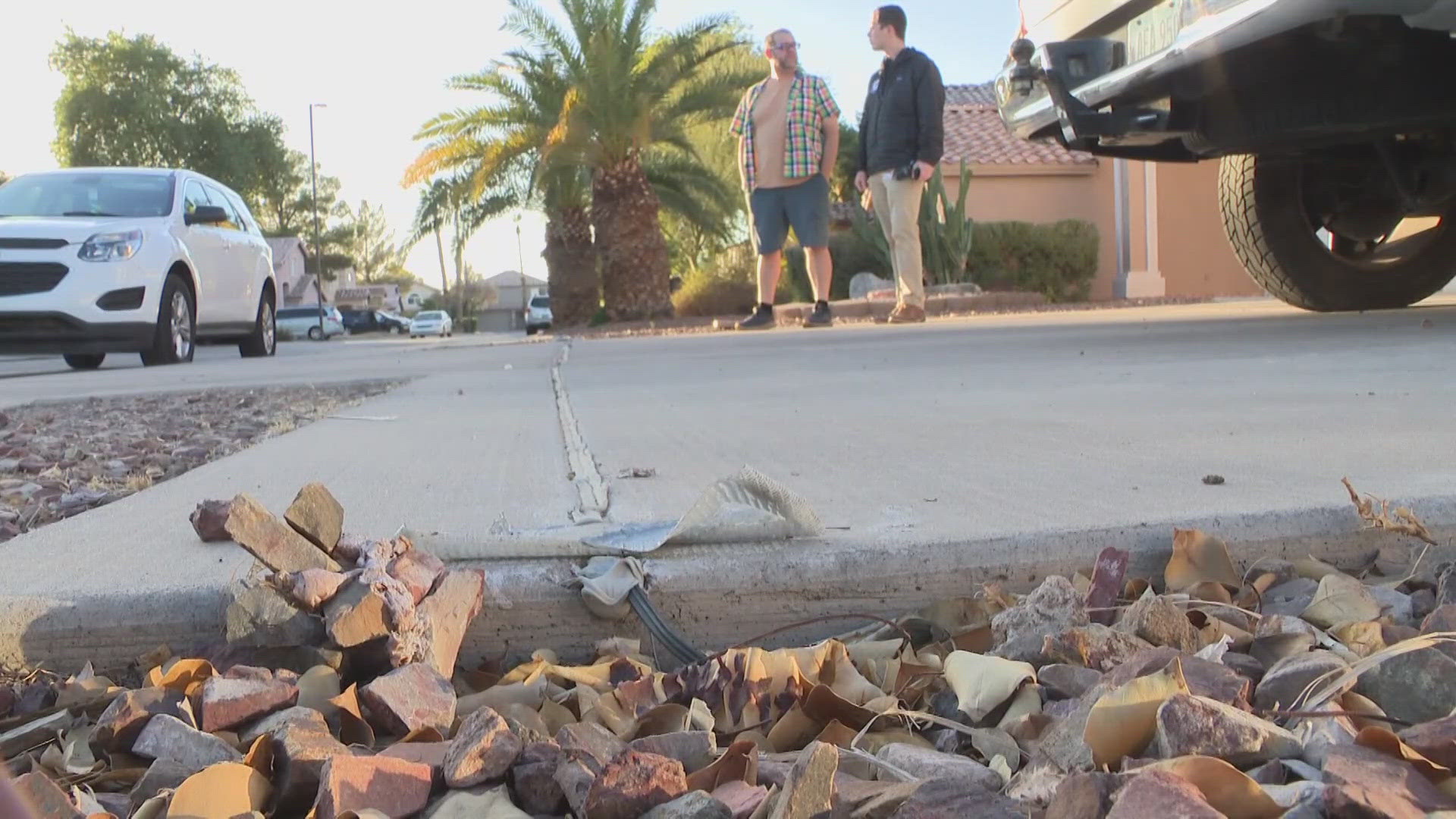PHOENIX — Construction crews broke ground Thursday on a small portion of the $664 million border fence project in the Arizona desert that is funded through President Donald Trump's national emergency declaration.
Crews plan on installing 30-foot (9-meter) steel fencing to replace older barriers on two miles in Organ Pipe Cactus National Monument, next to the official border crossing known as the Lukeville Port of Entry.
The project is funded through the Defense Department. Use of the department's money was previously frozen by lower courts while a lawsuit proceeded. But the U.S. Supreme Court last month cleared the way for the use of about $2.5 billion.
A border wall was a major milestone of the president's election campaign. Congress this year allocated $1.4 billion, but the president wanted much more. He declared a national emergency in February and faced legal challenges for plans to build dozens of miles of fencing almost immediately.
In Arizona, environmentalists have sued over some of the construction contracts, saying the government unlawfully waived dozens of laws to be able to build on protected lands. They say a wall — and construction for it — would be detrimental to wildlife habitat. The case before federal court is pending.
"It's astonishing and sad to see Trump's border wall being built through the most spectacular Sonoran desert ecosystem on the planet," said Laiken Jordahl, borderlands campaigner with the Center for Biological Diversity.
Jordahl hoped the courts would step in to protect Organ Pipe Cactus National Monument, where the construction is currently taking place.
The vast park is known for its oddly shaped cactuses that resemble an organ, and it's decorated with hundreds of saguaros as well. Signs all over the park warn visitors that they may encounter smuggling activity. Until about five years ago, large swaths of the park were closed to the public due to dangerous conditions and following the 2002 shooting death of 28-year-old Kris Eggle, a park ranger who died while pursuing suspected drug cartel members.
Thursday's groundbreaking was on a portion of fencing that stretches west from the Lukeville Port of Entry, an official border crossing, Border Patrol spokesman Jesus Vasavilbaso said. That's the port many Arizona residents pass on their way to the Mexican beach destination commonly known as Rocky Point.
Crews there have been clearing out brush and removing the old fencing in preparation for the installation of the bollards all week.
Construction is expected to take about 45 days, according to court documents filed last week. The government plans to then tackle two other projects in Arizona, including nearly 40 miles (64.4 kilometers) of fencing in other parts of Organ Pipe Cactus National Monument and in the Cabeza Prieta National Wildlife Refuge, and a smaller project at the San Pedro Riparian National Conservation Area. The two other projects are slated for early October.
The projects come as immigrant apprehensions have fallen sharply over the last two months. The high summer temperatures usually result in fewer people attempting to cross, and Mexican authorities have been clamping down on immigrants traveling north through the country.
But people still try their hand in this rugged, extremely hot desert area where in June a 6-year-old Indian girl died after attempting to walk the desert with her mother, who was uninjured. The girl was found about 17 miles west of Lukeville and died of hyperthermia, heat stroke and exhaustion.
That particular area of the Arizona-Mexico border hasn't seen as much activity as the area around Yuma, which is the third-busiest along the Southwest. A majority of the tens of thousands of people who come to the U.S. over the last year are Central American families with children who turn themselves in to agents instead of trying to circumvent them.
Many travel in large groups, and the high volume of people have overwhelmed the agency, resulting in slow response times and dangerously overcrowded detention facilities. Five children have died while in Border Patrol custody since December.
The administration has awarded $2.8 billion in contracts for barriers covering 247 miles (390 kilometers), with all but 17 miles (27 kilometers) of that to replace existing barriers instead of expanding coverage.
There are already various forms of barriers along 654 miles (1,046 kilometers) of the southern border, or about one-third.



